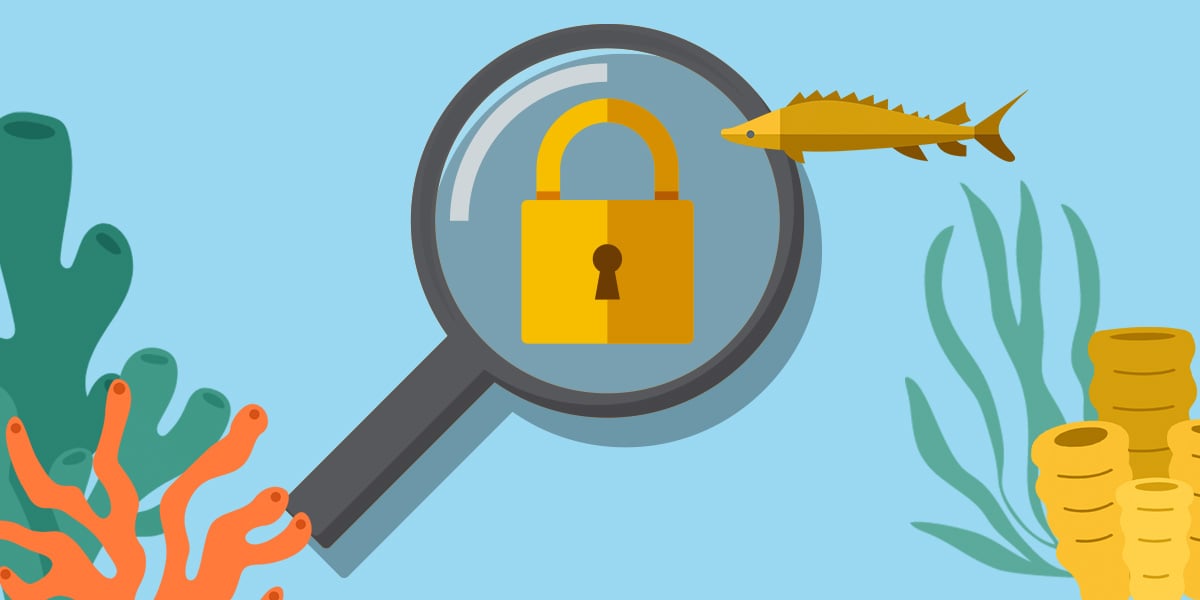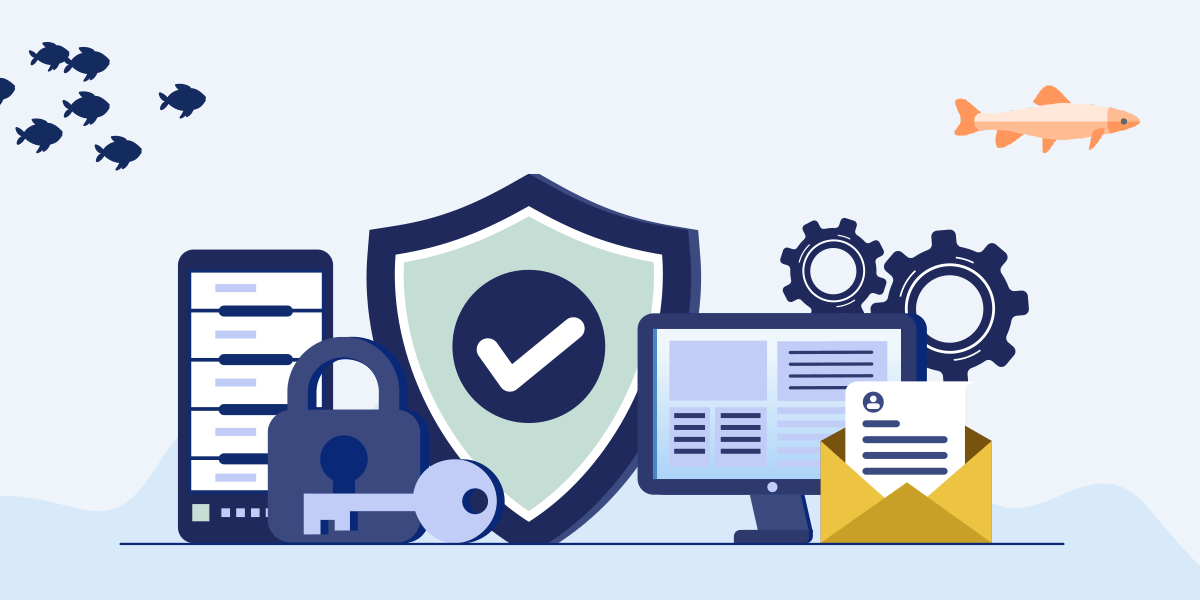


How to Improve Microsoft Cybersecurity



Microsoft is a massive company that supports millions of devices. Its solutions help managed service providers (MSPs) deliver expert services to their clients. With so much data in your Microsoft platform, you need strong cybersecurity measures. As cyberthreats become more sophisticated, the right security keeps your company secure.
Whether you're an MSP or a large company, you need to be proactive. From managing cloud environments to overseeing Office 365 access, improving your Microsoft security is a priority. Let's explore Microsoft cybersecurity and how you can protect your business from digital threats.
Importance of Cybersecurity in Microsoft Products
Cybersecurity is critical for Microsoft products. From 2022 to 2023, Microsoft Threat Intelligence detected 35 million business email compromise attacks. With an ever-increasing threat landscape, companies must secure their Microsoft ecosystem.
Microsoft offers a range of security features to combat these threats. Built-in security measures like identity protection, Azure Active Directory, multi-factor authentication (MFA) and Microsoft Defender guard your company from intruders. While these features create a solid foundation, you need IT professionals to stay on top of threats. IT teams use access controls, configure security settings and watch user behavior to spot threats early. Keeping your team ready with the latest tools can create strong security for your MSP.
Common Cybersecurity Threats
Microsoft environments often deal with these cybersecurity threats:
- Phishing: Up to 36% of data breaches can be from phishing. Phishing involves attackers sending emails that look trustworthy to employees. When users click on links in the email, they can reveal sensitive information and let attackers get inside with malware.
- Ransomware: Ransomware is a threat hackers use to demand payment from a company. They'll encrypt company data and demand a ransom before they give it back.
- Brute force: Brute force attacks are less popular, but attackers still use them. Cybercriminals try to guess weak passwords to Microsoft accounts. Once inside, hackers can implant malicious code or steal critical data.
Key Strategies for Improving Microsoft Cybersecurity
Your MSP needs the right cybersecurity strategies to secure your Microsoft platform. While Microsoft's base security works well, you should take steps to use other security best practices. These strategies can improve your cybersecurity in Microsoft environments:
1. Multi-Factor Authentication
MFA is an effective strategy for building up your Microsoft defenses. Using MFA means a 99% reduction in hacking success for your account.
MFA requires users to access the system using two or more verification methods. Passwords are often a weak link for users — many people use simple ones, like "123456," for their accounts. Easy or weak passwords are simple for hackers to steal or crack. MFA ensures that even with one password, hackers can't get in. An MFA login asks for your password and then a verification code from another phone number, email, app or device. Without this second code, hackers are shut out.
2. Regular Security Updates and Patch Management
Updated software is essential for good Microsoft security. Cyberattacks can exploit vulnerabilities in outdated systems. Microsoft releases updates and security patches to fix these weak spots. Falling behind on updates and patches leaves your MSP open to cyberthreats. Make sure your IT team automates updates and patch management to ensure all devices are up to date and secure.
3. Threat Detection and Vulnerability Management
Security is about more than responding to threats — you need to detect them before they break through. Proactive threat detection and vulnerability management ensure you're ready for anything. Use threat detection tools like Azure Security Center and Microsoft Defender to get real-time monitoring and alerts. These tools tell you when threats are at your door, letting your team handle them before threats become breaches.
Vulnerability management means assessing your defenses. Use assessments to find weak spots and complete security scans. Knowing where your weak points are lets your IT team fix them before an attack happens. Testing, patches and updates reassure your clients, so they feel safer, too.
4. Data Protection Strategies
Data protection is critical for MSPs. Client and MSP information needs to be secured to maintain trust and compliance. Protect your data on Microsoft platforms with these strategies:
- Encryption: Use encryption tools to classify and protect data. Even if threat actors get your encrypted data, they can't read it.
- Data loss prevention (DLP): DLP policies watch, restrict and block actions that can lead to data leakage. These policies keep sensitive information from being shared or accessed.
- Backups: You should also back up data often. Secure, offsite backups let MSPs avoid data loss from system failures or attacks.
Enhancing Security Awareness and Training

All the security strategies in the world can still fall short if you neglect the human element of security. In 2024, 68% of breaches involved people falling for social engineering attacks or making simple mistakes. Even with advanced security measures, employees are still your biggest defense. Training employees to spot suspicious information and phishing can beef up your security.
Security Awareness Training
Security awareness training prepares your MSP team members for potential threats. When they can spot phishing and fake emails, they can avoid letting cyberattackers in. Phin Security offers a comprehensive phishing training program designed to change employee behavior. Prepare your employees with hands-off, automated training so they can stay updated on the latest threats. Your team members will learn to detect and respond to modern-day threats in an engaging format.
Phin Security integrates seamlessly with Microsoft, giving your organization effective security training without disrupting your workflow. Employees get targeted education in their daily workflows while boosting their defenses.
Audit Logging and Monitoring
MSPs should also invest in audit logging and monitoring. This process involves collecting, storing and analyzing activity data for your organization. With audit tracking, you can follow system activity, track potential threats and record actions to help with post-incident analysis.
Use tools like Microsoft Sentinel and Azure Monitor for audit logging. These tools let IT teams set up logging in areas like system changes, sensitive data and user authentication. Watching logs in real time allows your team to detect unusual behavior when it happens so that you can respond immediately. Invest in automated log analysis to make monitoring easier and more effective. MSP IT teams can respond to incidents faster with automation and regular reviews.
Strengthen Your Microsoft Cybersecurity With Phin Security
With cyberthreats constantly changing, you need to ensure your Microsoft cybersecurity is up to the challenge. Cybersecurity is about more than technology — it demands a vigilant workforce. Phin Security's automated security awareness training and real-time analytics are designed to help MSPs improve threat awareness. Seamlessly integrate phishing training into your employee's Microsoft platforms.
With Phin Security's tailored campaigns, your team can stay ahead of the latest threats. Enjoy comprehensive, engaging training without the hassle of managing ongoing learning. Phin Security empowers organizations to build stronger, more secure defenses. Take the next step in cybersecurity — request a free demo and see how automated training can support your security!







Leave a comment: